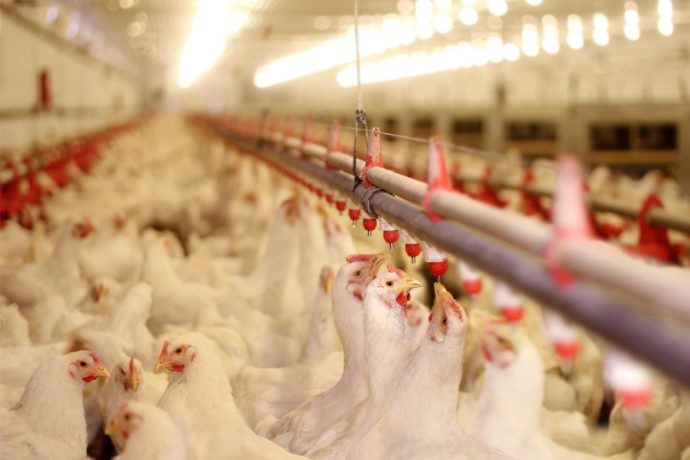WASHINGTON — The National Chicken Council (NCC) sent comments to the Environmental Protection Agency (EPA) on Feb. 3, outlining ways chicken producers reduce food waste, recycle byproducts and utilize products that otherwise would be sent to landfills.
The comments address EPA’s recently proposed Draft National Strategy for Reducing Food Loss and Waste and Recycling Organics. Published in collaboration with the US Food and Drug Administration (FDA) and the US Department of Agriculture (USDA), the proposal defines objectives to accelerate progress on the national goal to reduce 66 million tonnes of food waste by 50% by 2030.
“Without spending additional resources, agencies can take action to not only reduce waste but also decrease food prices while increasing their availability for consumers,” NCC wrote in its letter. “By working cooperatively towards achieving this goal, innovative solutions can be found.”
Three main areas where NCC pointed to as opportunities for reducing food waste in the poultry industry included the use of byproducts in chicken feed, rendering, and automation and transportation.
NCC said chickens, by nature, are excellent at upcycling as they can readily digest byproducts that would otherwise go to waste.
One of the most common byproducts from the poultry industry is feather meal, noted NCC. Feathers are collected from processing plants, ground, dried and made into a slow-release organic fertilizer or a feed additive for livestock.
Through technological advancements, the industry has reduced food waste, such as through automations that more accurately cut chicken, minimizing miscuts and downgrades. Technology improved yield, ensuring more meat is removed from the bone and funneled into the food supply.
Despite industry advancements toward the national food waste goal, NCC said in its letter that several current and pending regulatory policies contribute to food loss and should be reevaluated.
The first policy NCC pointed to was the FDA’s Prevention of Salmonella Enteritidis in Shell Eggs During Production, Storage and Transportation. NCC asked the FDA to allow surplus hatchery eggs once again into the breaking egg market.
“Since the rule took effect, the broiler industry has been forced to discard these surplus eggs instead of sending them to breakers, costing the broiler industry tens of millions of dollars each year while unnecessarily keeping billions of eggs out of the egg breaking market,” the group wrote.
NCC also requested a reevaluation of the USDA’s Food Safety and Inspection Service’s (FSIS) proposed Salmonella Framework. The framework would require incoming flocks be tested for Salmonella before entering an establishment, would enhance an establishment’s process control monitoring and FSIS verification, and would implement an enforceable final product standard.
NCC believes the proposed framework will lead to entire days of production being wasted, farmers having extended out times, delayed shipments of birds, and retailers and restaurants being delayed fresh products.
“As a low estimate, if just 1% of the over 46 billion lbs of chicken produced each year were discarded or rendered, this would lead to over 460 million lbs of fresh chicken being wasted annually,” NCC said.



